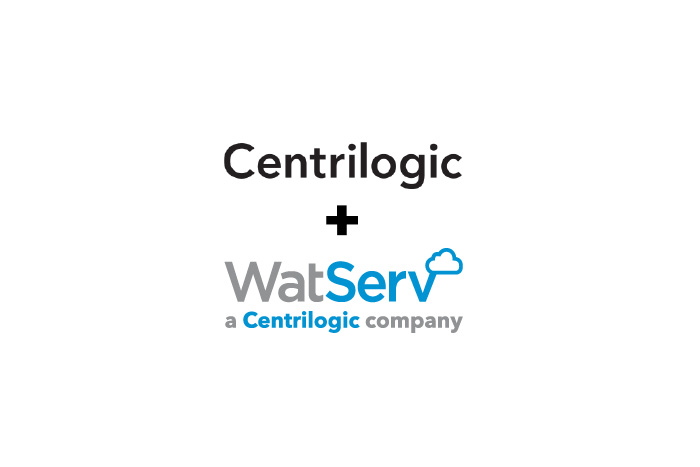Why should you create an IT disaster recovery plan?
Not creating a disaster recovery plan can be, well, disastrous. Not creating a DRP can lead to phenomenal loss in the event of a disaster. Anything (and everything) from equipment to data can be wiped out, and if businesses don’t have a DRP, there is little to no chance of recovering what was lost.
An IT disaster recovery plan can also help insurance adjusters determine the extent of the loss incurred by your business because of a disaster. If you don’t have meticulous records of all your assets, you may be hard pressed to recover any of that loss.
Creating a DRP is like creating your own insurance plan. A company is required to have emergency personnel drills in the event of a disaster like fire or flooding. The same should go for your business.





